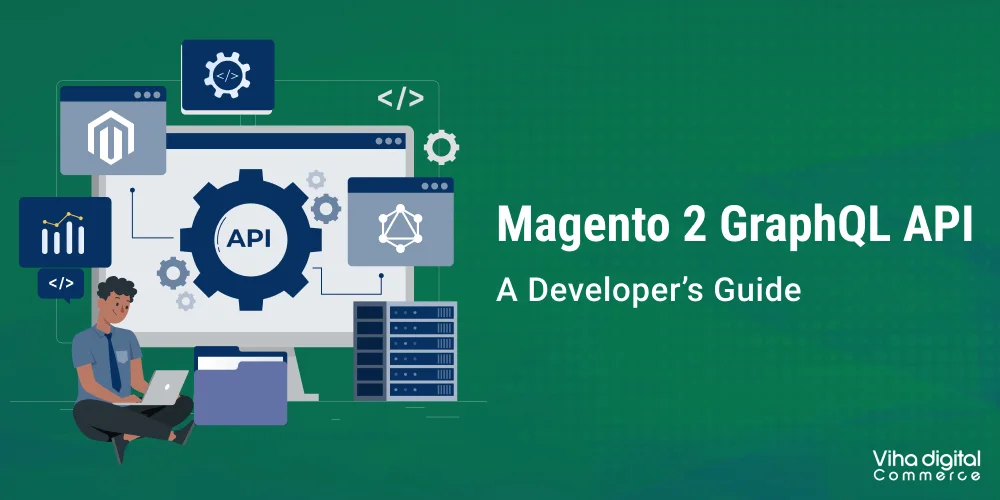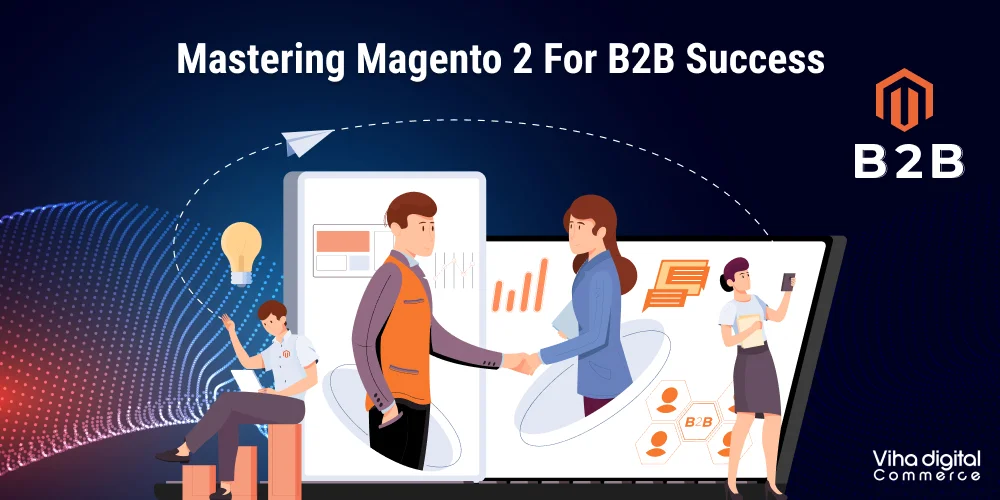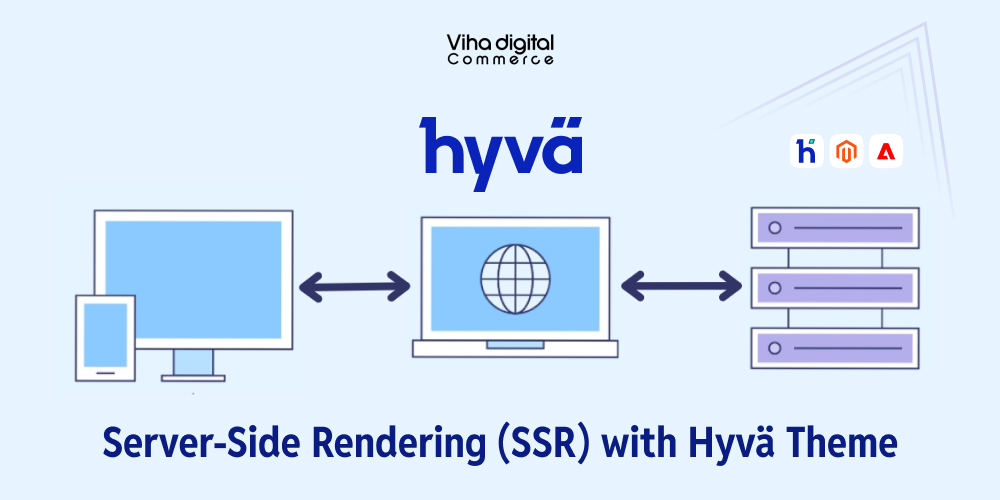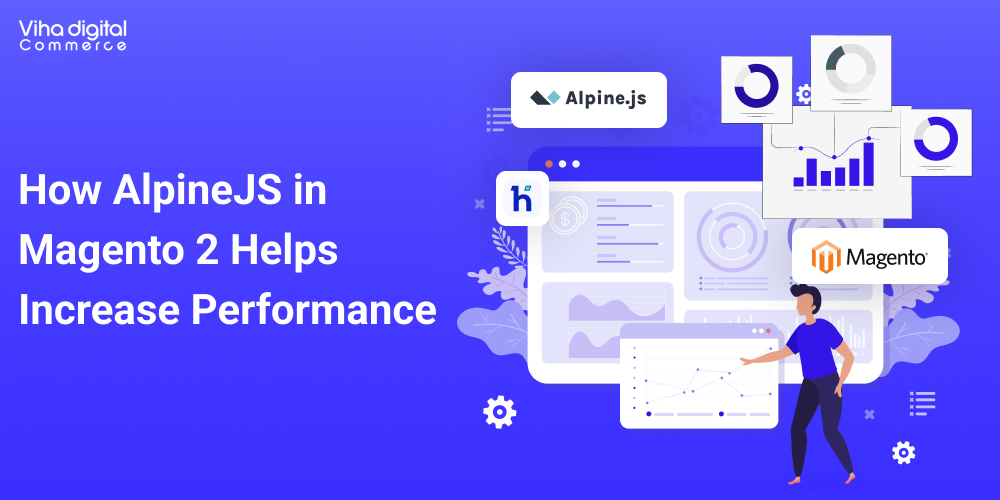Major Changes in Magento 2 Extension Development Over the Past Three Years
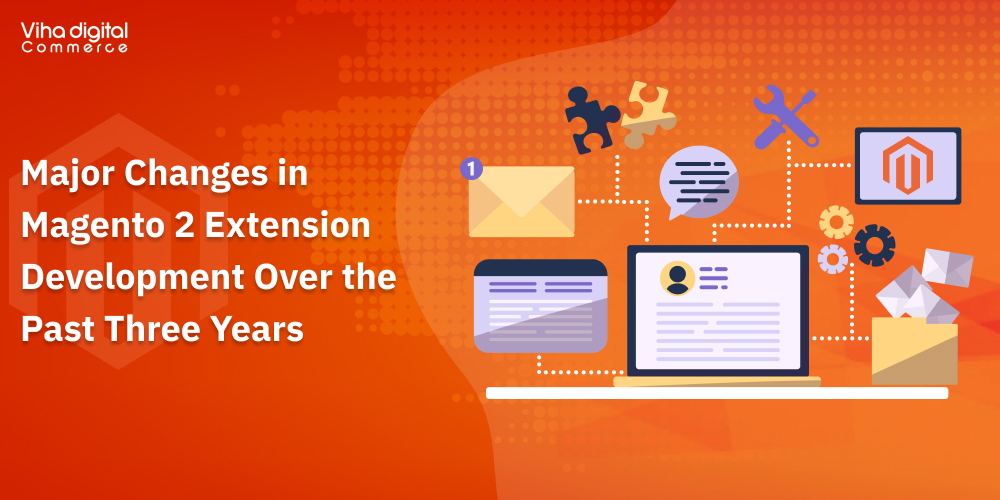
Magento 2 has moved further and progressed in its platform and this has led to an enhanced Magento 2 Extension Development. These enhancements are not only dominating the ways how developers work on Magento 2 store customization but also enhancing the performance and usability.
To those organizations that continue to depend on Magento Store Development especially, these changes mean a lot in terms of how to harness the potential of the platform. Based on extensions and updates in the three years of Magento 2 Extension Development, this blog is going to help you understand the various impacts of Change on Custom Extension in Magento 2, Magento Extension Development Services, and other related areas.
1. Enhanced Framework and Architecture
In the recent past, there have been significant advancements in Magento’s framework and architecture that have had an effect on Magento 2 Extension Development. Magento 2. 4. x series, for example, has added a few updates that allow the extension development process to be much easier.
A. Modular Architecture
There has been a further enhancement of the modular architecture of Magento 2. Before Vuetify, developers could only create quite general modules and various problems arose in connection with performance and dependency management. This is because the architecture used here improves on the scalability and maintenance of Custom Extension in Magento 2, making it possible for developers to develop extensions that interrelate with the other modules in the platform.
B. DI and Service Contracts
The employment of Dependency Injection (DI) and Service Contracts at Magento has been enhanced. Such functionality offers a stronger and more adaptive point of connection to its core structure of Magento. For that reason, extension development for the Magento 2 platform has been made easier, and application of new functionalities and services can therefore be easily implemented.
2. Improved Performance and Security
Performance and security remain the main concerns in Magento 2 Store Development from its early stages up to the recent days. It is noteworthy that in the recent three years there were certain advances in these aspects.
A. Performance Enhancements
Several new features have been launched at Magento related to performance optimization, both in caching and indexing. To Magento 2 Extension Development, these changes imply that extensions are now required to be designed with the idea of performance inclusion to prevent the introduction of bottlenecks.
Most of the common standard practices for caching and indexing are suggested for the developers to implement to keep up the pace of the Magento Store.
B. Security Updates
Security is another important aspect of Magento as there is constant release of patches for any security concerns and general security enhancement.
It is therefore important for the developers that indulge in Magento Extension Development Services to keep abreast with these changes in order to make their extensions compliant to these standards.
The new functionalities like encrypted data, protection of scripts from SQL injected and cross site scripting (XSS) show that it is a continuous process and there is always added advantage to gear up security features.
3. Advanced Customization Capabilities
Custom Extension in Magento 2 has been improved involving more favorable instruments and possibilities for developers to implement diverse peculiarities of the stores for different businesses.
A. Page Builder Enhancements
Magento’s Page Builder that is a part of the Magento 2.2 and higher now became a powerful tool for customizations. Upgrades have been made in the recently developed versions which enhances the ease of a developer in designing more attractive and functional web pages with little coding.
This enhancement is helpful to Magento Store Development because it allows users to control content that will be shown and make a layout that meets their brand’s conditioning needs.
B. Traditionally Used Technology Stacks B. API And GraphQL
The support for APIs and GraphQL in particular has been enhanced in this regard. This also helps integrate better with third-party systems and services hence making it easier to work with them.
In the case of Magento 2 Extension Development this implies that developers can use GraphQL in delivering more efficient and flexible extensions. GraphQL is a better way of querying and updating data, and can be applied to improve the functionality of custom extensions and the speed of operation.
4. Better Developer Tools What is New & Resources
Magento has made an effort of making better the management and support of developers and the creation of extensions.
A. Magento DevBox and Magento Cloud
Such innovations as Magento DevBox and Magento Cloud environment have become helpful in the flow of development and testing. These tools avail a more regulated and efficient platform wherein the developers can test their extension before deployment.
In using these tools, performers providing Magento Extension Development Services solve the problem of more predictable development and, therefore, minimize potential problems in production.
B. Better Documentation and Community Assistance
Anyway, concerning the documentation and community support, Magento has done the work in progression. There are general checklists, recommended techniques, and active forums to contribute essential information for software developers that deal with Magento 2 Extension Development. Developers get support from forums where they are updated with new changes and progress to ensure they come up with the best extensions.
5. Changing Needs of Businesses and Ideas
Other factors that have also contributed to changes happening in Magento 2 Extension Development include business requirements, and industries.
A. Omnichannel and mobile integration
There is evidence that as more establishments engage in omnichannel selling, and mobile commerce, there is development of Magento extensions to meet the trends. Extensions now often contain features for working with various sales channels and with mobile commerce. This shift can also be attributed to the fact that Magento Store Development now has to deal with a customer population that is more connected and hence, even if the user is online, he or she might as well be on his or her phone.
B. Integration on AI and Machine Learning
There has been an increase in the use of AI and/or machine learning in Magento extension. These are applied in increasing customization, in other ways streamlining the process, and for the more contemporary statistics.
These capabilities are being implemented into Custom Extension in Magento 2 by developers to assist businesses in making better use of data, and providing a better experience for the end consumer.
Conclusion
The environment of Magento 2 Extension Development has changed a lot in the last three years. Due to the advancement of the framework and architecture, the performance, and security, higher flexibility of customization, better tools for developers, and constantly changing business needs, Magento Store Development has become more complex.
However, it is important for the businesses and developers to understand and react to these changes in order to get the best of Magento’s platform. If you are going to create a Custom Extension in Magento 2 or looking for Magento Extension Development Services, it will be quite useful to know about all these updates to enable you to build better, secure and efficient extensions. And as with any platform as open and complex as Magento, the opportunities for creativity and expansion within the ‘Magento space’ will only grow.
